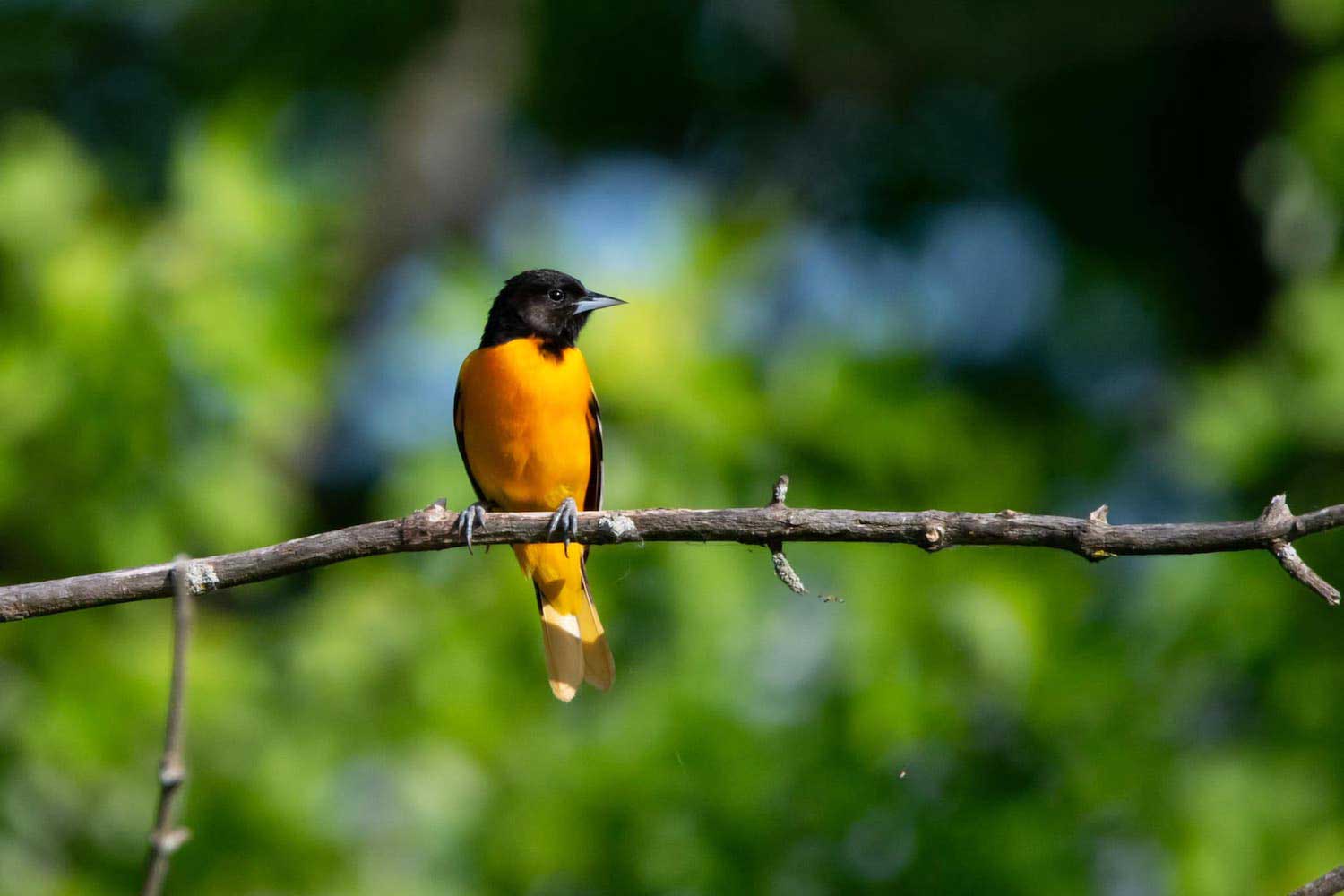Migration watch: Orioles have landed in Will County

The last of our highly anticipated migratory birds has arrived back in Will County for the spring, with Baltimore orioles spotted locally this week. They are right on schedule, having arrived at about the same time last year.
While there's a considerable frenzy over the return of ruby-throated hummingbirds each spring, orioles are another colorful bird people look forward to seeing, and we're excited to have had our first oriole spottings for the year. Confirmation of the arrival of the orioles comes via Journey North, where several sightings have been reported recently in Will County and elsewhere in the Chicago area.
Now that orioles have started arriving, you can start expecting some other birds to start popping in as well. Historically, orioles, hummingbirds, rose-breasted grosbeaks and indigo buntings show up around the same time here.
Hummingbirds are easy to attract to your yard with a nectar feeder, and grosbeaks and orioles are easy to entice as well. Orioles love both oranges and grape jelly, the Cornell Lab of Ornithology reports. If you cut oranges in half and leave them on a feeder or put grape jelly on a feeder, there's a good chance you will see them show up in search of a sweet bite. Rose-breasted grosbeaks aren't looking for fruit, but they often visit feeders stocked with sunflower seeds, safflower seeds and raw peanuts.
Both orioles and grosbeaks nest in the area, but Baltimore orioles are among the first birds to depart on their return trip to their wintering grounds. They will begin to leave the area in July, the Cornell Lab reports.

